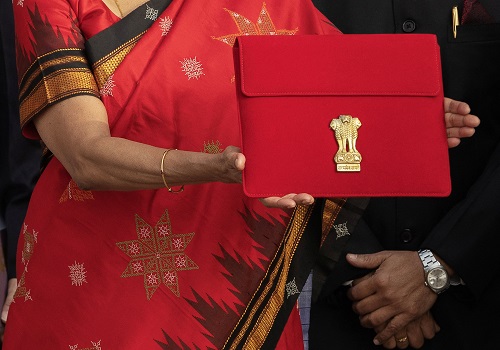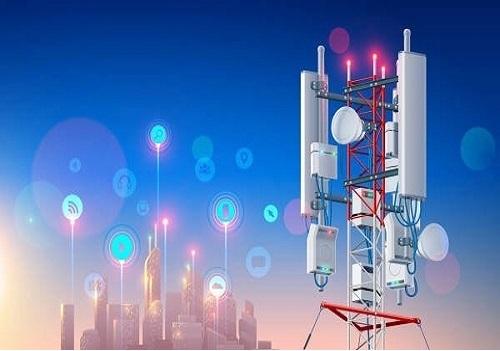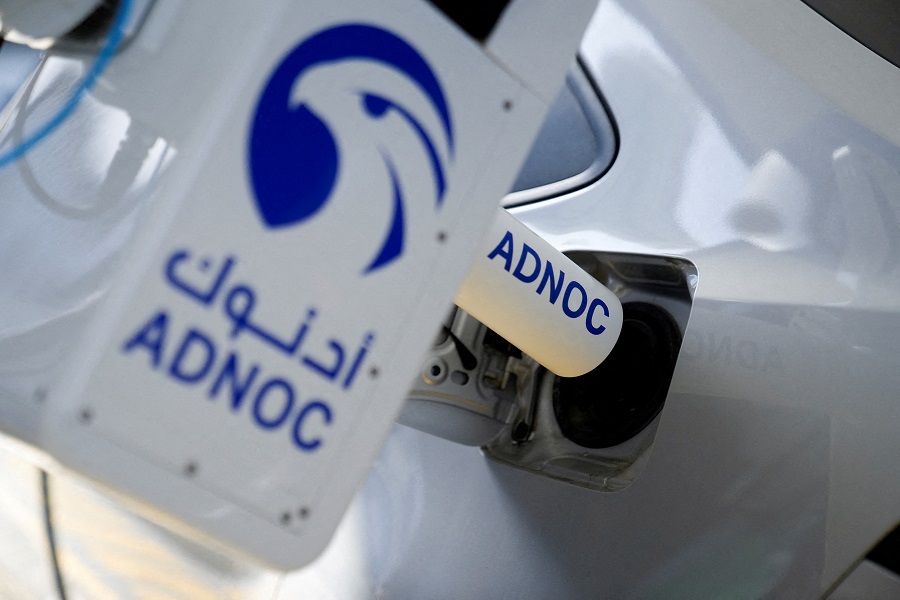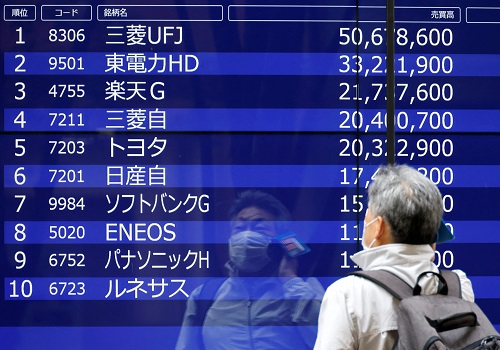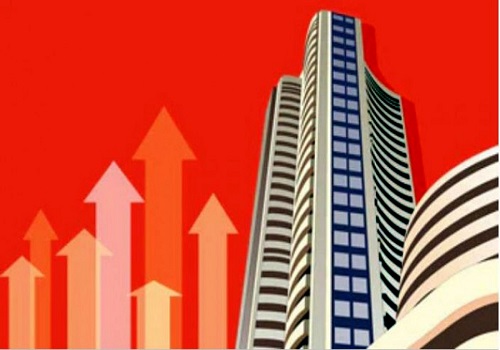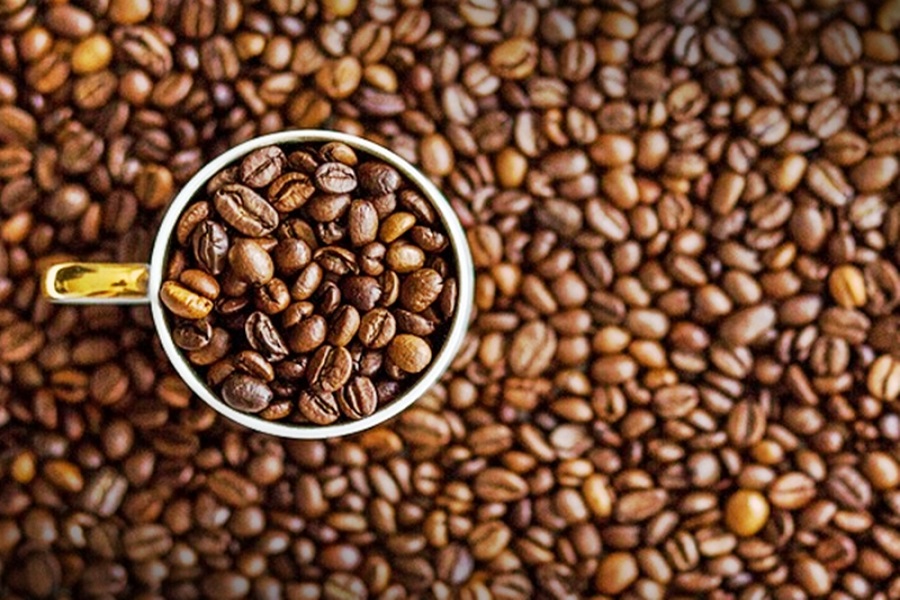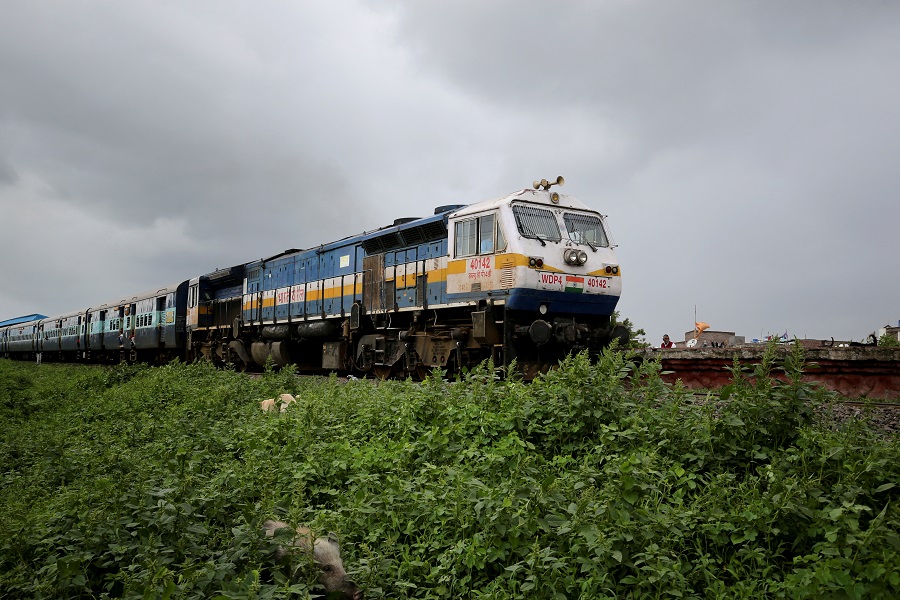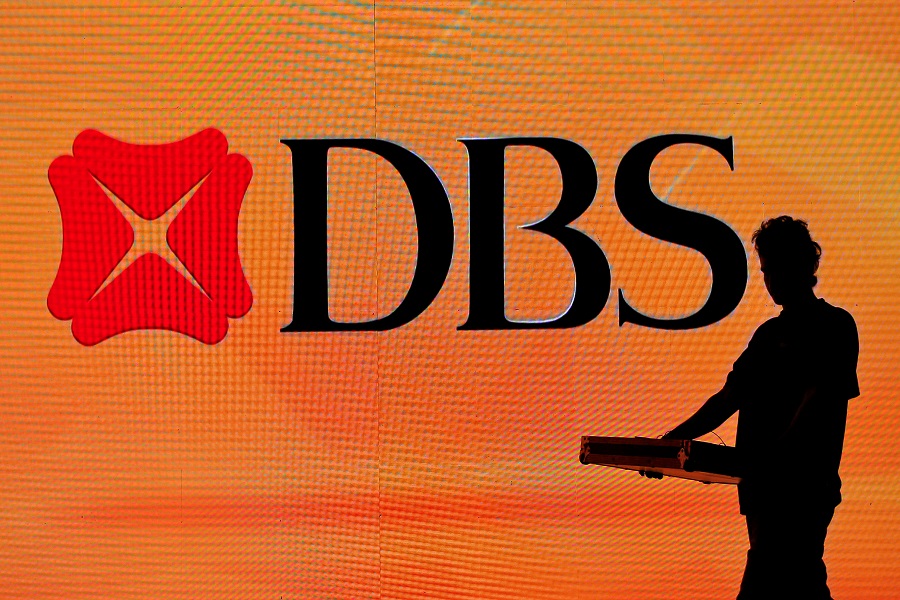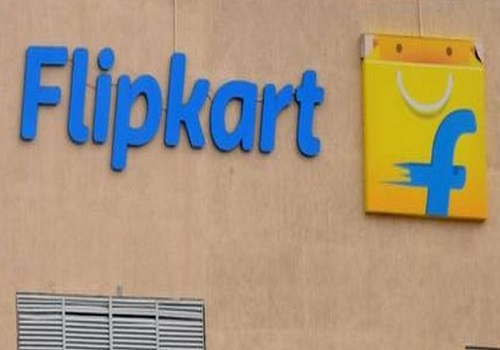Food collection take-away segment in India to clock 7.7 pc growth during 2023-28

Amid the surge in quick commerce industry, the food collection take-away segment in India is projected to register a compound annual growth rate (CAGR) of over 7.7 per cent during 2023–28, a report showed on Friday.
The rapid rise of quick commerce in India is reshaping the retail landscape, with urban populations progressively seeking fast delivery services for daily necessities, according to says GlobalData, a leading data and analytics company.
As consumers increasingly rely on instant access and time-saving services, the number of quick commerce options has proliferated, driving their swift expansion in the country.
“The Covid-19 pandemic has played a crucial role in driving the shift to quick commerce, as consumers prioritised safer and more convenient shopping methods. Quick commerce platforms are addressing this need by offering rapid delivery services that allow consumers to order groceries, household items, and ready-to-eat meals with ease,” said Shravani Mali, consumer analyst at GlobalData.
For instance, the quick-commerce service provider Blinkit, owned by Zomato, launched Bistro app to deliver food in 10 minutes to compete with the already existing quick food delivery apps such as Swiggy’s Bolt and Zepto Cafe to grab the opportunity in the quick commerce industry.
“The rapid rise in popularity of quick commerce in recent years has created lucrative opportunities for key players in the market. In Q3 2024, Zomato, an Indian food delivery company, recorded a 55 per cent year-on-year (YoY) growth in gross order value (GOV),” said Mali.
According to Francis Gabriel Godad, business development manager, India at GlobalData, in terms of key generation groups that are driving demand, younger generations are likely to gravitate towards online platforms.
Consumers, particularly working couples and mothers, are gravitating towards quick commerce solutions due to their hectic lifestyles.
According to the statistics reported by the Ministry of Statistics and Programme Implementation, in urban India, the labour force participation rate increased from 47.6 per cent in 2017-18 to 52.0 per cent in 2023-24.
“Hence, the rising adoption of time-saving services is a prominent factor that is stimulating the demand for quick commerce services,” said Mali.

